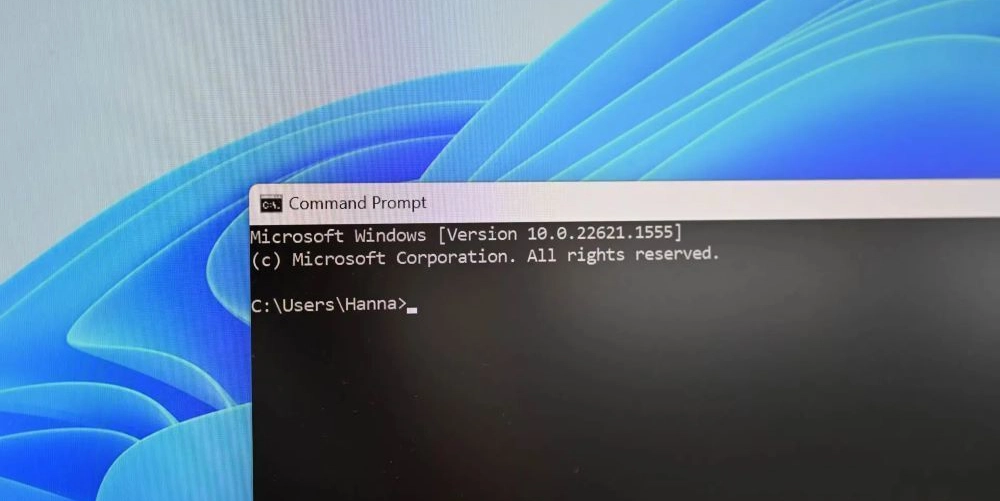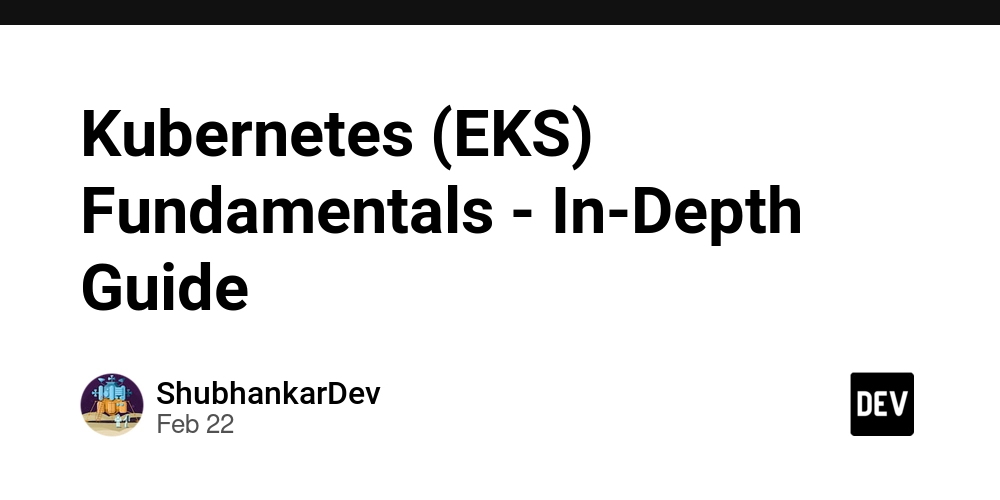Why Did Windows Introduce PowerShell Instead of Upgrading CMD?
Windows introduced PowerShell as a new shell instead of upgrading Command Prompt (cmd.exe) due to several fundamental limitations of CMD. Below are the key reasons: 1. CMD Was Too Limited for Modern Automation CMD was originally designed for simple command execution and batch scripting. It lacked advanced scripting capabilities, making automation difficult. Example: CMD handles only text-based output, whereas PowerShell works with structured objects. 2. Need for Object-Oriented Processing CMD processes only plain text, making it harder to work with system data. PowerShell is built on .NET, allowing commands to handle objects instead of just text. Example: Fetching running processes CMD: tasklist | findstr "chrome" (Filters plain text output) PowerShell: Get-Process chrome (Directly fetches process objects) 3. Better System Administration & Integration with Windows CMD lacks built-in support for system administration tasks like managing services, registry, and Active Directory. PowerShell provides cmdlets (Get-Service, Set-ExecutionPolicy) for deep system control. Example: Restarting a service CMD: net stop spooler && net start spooler PowerShell: Restart-Service -Name Spooler 4. Advanced Scripting & Programming Capabilities CMD scripts (.bat files) are very basic and hard to maintain. PowerShell supports: Variables, loops, conditions (if, foreach, try-catch). Modules & functions for better reusability. Error handling using structured exception management. 5. Cross-Platform Support (PowerShell Core) CMD works only on Windows. PowerShell (from version 6) became cross-platform, running on Windows, Linux, and macOS. 6. Security Improvements CMD had no script execution policies, making it risky. PowerShell introduced execution policies to prevent unauthorized script execution: Set-ExecutionPolicy Restricted Here is the basic power-shell script that does not support supported by cmd # Print a message to the console Write-Host "Hello, World!" # Get system information $os = Get-CimInstance Win32_OperatingSystem Write-Host "Operating System: " $os.Caption Write-Host "System Architecture: " $os.OSArchitecture Write-Host "Total RAM: " ($os.TotalVisibleMemorySize / 1MB) "GB" Conclusion Instead of modifying CMD (which was outdated and limited), Microsoft built PowerShell from scratch to provide: ✔ Advanced scripting capabilities ✔ Object-oriented processing ✔ Deep integration with Windows ✔ Cross-platform support ✔ Enhanced security This made PowerShell more powerful and future-proof for modern IT automation and system administration.

Windows introduced PowerShell as a new shell instead of upgrading Command Prompt (cmd.exe) due to several fundamental limitations of CMD. Below are the key reasons:
1. CMD Was Too Limited for Modern Automation
- CMD was originally designed for simple command execution and batch scripting.
- It lacked advanced scripting capabilities, making automation difficult.
- Example: CMD handles only text-based output, whereas PowerShell works with structured objects.
2. Need for Object-Oriented Processing
- CMD processes only plain text, making it harder to work with system data.
- PowerShell is built on .NET, allowing commands to handle objects instead of just text.
Example: Fetching running processes
CMD:
tasklist | findstr "chrome"
(Filters plain text output)
PowerShell:
Get-Process chrome
(Directly fetches process objects)
3. Better System Administration & Integration with Windows
- CMD lacks built-in support for system administration tasks like managing services, registry, and Active Directory.
- PowerShell provides cmdlets (
Get-Service,Set-ExecutionPolicy) for deep system control.
Example: Restarting a service
CMD:
net stop spooler && net start spooler
PowerShell:
Restart-Service -Name Spooler
4. Advanced Scripting & Programming Capabilities
- CMD scripts (
.batfiles) are very basic and hard to maintain. - PowerShell supports:
-
Variables, loops, conditions (
if,foreach,try-catch). - Modules & functions for better reusability.
- Error handling using structured exception management.
-
Variables, loops, conditions (
5. Cross-Platform Support (PowerShell Core)
- CMD works only on Windows.
- PowerShell (from version 6) became cross-platform, running on Windows, Linux, and macOS.
6. Security Improvements
- CMD had no script execution policies, making it risky.
- PowerShell introduced execution policies to prevent unauthorized script execution:
Set-ExecutionPolicy Restricted
Here is the basic power-shell script that does not support supported by cmd
# Print a message to the console
Write-Host "Hello, World!"
# Get system information
$os = Get-CimInstance Win32_OperatingSystem
Write-Host "Operating System: " $os.Caption
Write-Host "System Architecture: " $os.OSArchitecture
Write-Host "Total RAM: " ($os.TotalVisibleMemorySize / 1MB) "GB"
Conclusion
Instead of modifying CMD (which was outdated and limited), Microsoft built PowerShell from scratch to provide:
✔ Advanced scripting capabilities
✔ Object-oriented processing
✔ Deep integration with Windows
✔ Cross-platform support
✔ Enhanced security
This made PowerShell more powerful and future-proof for modern IT automation and system administration.




















































%20Abstract%20Background%20112024%20SOURCE%20Amazon.jpg)






















































































































![[The AI Show Episode 142]: ChatGPT’s New Image Generator, Studio Ghibli Craze and Backlash, Gemini 2.5, OpenAI Academy, 4o Updates, Vibe Marketing & xAI Acquires X](https://www.marketingaiinstitute.com/hubfs/ep%20142%20cover.png)
























































































































































































































































-Nintendo-Switch-2-–-Overview-trailer-00-00-10.png?width=1920&height=1920&fit=bounds&quality=80&format=jpg&auto=webp#)





















_Anna_Berkut_Alamy.jpg?#)













































































































![YouTube Announces New Creation Tools for Shorts [Video]](https://www.iclarified.com/images/news/96923/96923/96923-640.jpg)





































































![[Weekly funding roundup March 29-April 4] Steady-state VC inflow pre-empts Trump tariff impact](https://images.yourstory.com/cs/2/220356402d6d11e9aa979329348d4c3e/WeeklyFundingRoundupNewLogo1-1739546168054.jpg)





























































